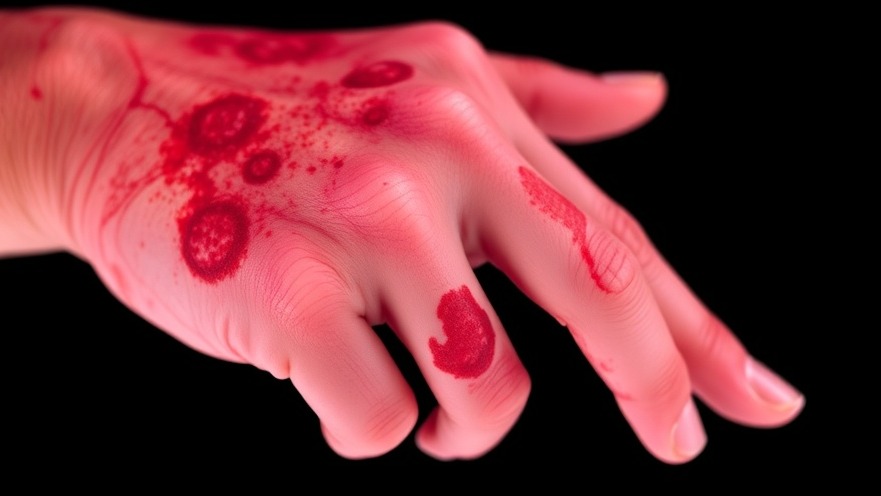
Understanding Mycobacterium Infections: A Growing Concern
Mycobacterium infections, particularly non-tuberculous mycobacteria (NTM), are becoming an increasing concern in the healthcare landscape. These infections, commonly occurring in individuals with compromised immune systems, can lead to severe health complications if left untreated. Concerns about patient care and health outcomes are steering medical practice owners to delve deeper into understanding and managing these infections.
The Significance of Clinical Trials in NTM Research
ClinicalTrials.gov provides a comprehensive database for ongoing research on NTM infections. As a concierge medical practice owner, it's crucial to stay informed about current clinical trials that could enhance treatment options for your patients. Awareness of these trials not only positions your practice as a health leader but also informs patients about the latest advancements that could significantly impact their care.
Bridging Patients with Innovative Treatments
As wellness advocates, concierge medical practices can further serve their patients by liaising between them and the latest medical research. Engaging patients with information about relevant clinical trials instills confidence. Consider organizing informational sessions where patients can learn about ongoing studies and the potential benefits of participation. Not only does this empower patients, but it can also enhance the reputation of your practice as a resource for cutting-edge health strategies.
Focus on Wellness: The Role of Comprehensive Care
Wellness encompasses more than just the absence of disease—it's about holistic care that includes emotional and physical health. By integrating knowledge about NTM infections into your practice’s broader wellness offerings, you can provide a more thorough approach to managing patient health. Encourage lifestyle modifications and preventative measures that ward off infections, thereby improving overall patient wellness.
Future Insights: A Shift in Patient Care Approach
As research continues to evolve, we can anticipate a significant shift towards more personalized patient care. Emerging treatments and targeted therapies for NTM infections represent an exciting frontier in medical care. Practices need to adapt by continuously updating clinical knowledge and adopting a proactive approach to patient education, thus ensuring that patients receive the best care possible.
Calls to Action: Enhancing Patient Engagement through Communication
Effective communication is crucial in healthcare, especially in concierge practices. Take the initiative to facilitate open discussions with your patients about emerging research and treatment options related to NTM infections. This not only strengthens the patient-practice relationship, but it also ensures that patients feel valued and informed about their health choices.
 Add Row
Add Row  Add
Add 




Write A Comment